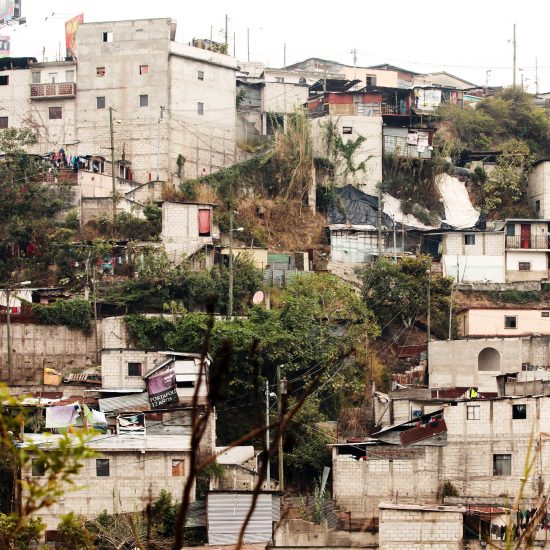Healthy housing statistics Heading link
-
1.6 billion People globally who are housing insecure (Habitat, 2015).
-
2,050 The world's urban population is set to double by the middle of this century.
-
100 million The UN's latest census of the world's homeless population.
WHO housing and health guidelines Heading link

Improved housing conditions can save lives, prevent disease, increase quality of life, reduce poverty, and help mitigate climate change. Housing is becoming increasingly important to health in light of urban growth, ageing populations and climate change. David Jacobs, PhD, director of the U.S. Collaborating Center for Research and Training on Housing Related Disease and Injury and staff with SPH’s WHO Collaborating Center, was part of a team of international experts who crafted practical recommendations for the WHO to reduce the health burden due to unsafe and substandard housing.
The guidelines take a comprehensive, intersectoral perspective on the issue of housing and health and highlight co-benefits of interventions addressing several risk factors at the same time. The guidelines aim at informing housing policies and regulations at the national, regional, and local level and are further relevant in the daily activities of implementing actors who are directly involved in the construction, maintenance, and demolition of housing in ways that influence human health and safety. The guidelines therefore emphasize the importance of collaboration between the health and other sectors and joint efforts across all government levels to promote healthy housing.
Guidelines and recommendations Heading link
-
Crowding
Strategies should be developed and implemented to prevent and reduce household crowding.
-
Extreme cold and heat
Protect people from exposure to extreme temperatures. Efficient and safe thermal insulation should be installed in new housing and retrofitted in existing housing.
-
Home safety and injuries
Housing should be equipped with safety devices (such as smoke and carbon monoxide alarms, stair gates and window guards) and measures should be taken to reduce hazards that lead to unintentional injuries.
-
Accessibility
Based on the current and projected national prevalence of populations with functional impairments and taking into account trends of ageing, an adequate proportion of the housing stock should be accessible to people with functional impairments.
Read the report

Healthy housing construction benefits workers and occupants Heading link
SPH’s WHO Collaborating Center worked closely with the U.S. Collaborating Center for Research and Training on Housing Related Disease and Injury on a study examining construction, one of the most hazardous occupations on a global scale. The report the lack of occupational health training available to construction workers, the role of informal laborers and high-risk worker populations. The research argues that safety measures, along with reduced exposure to toxic building materials, can mutually benefit worker safety and the health of residents.



